Search Results for Tag: Norway
Arctic Ocean: “Mare incognitum”
As I continue to prepare for my trip to Svalbard and the Arctic waters around the archipelago, into the Polar Night, the title of a website strikes me as particularly appropriate: Mare Incognitum is the umbrella title for a group of Arctic research projects, including the one I will be joining this weekend at the harbour of the Arctic research base at Ny Alesund, Spitsbergen. The title was chosen to reflect the group’s view of the Arctic as “one of the least known marine ecosystems of the planet”.
![]() read more
read more
Unlocking secrets of the polar night
During visits to Arctic research sites in summer, I have experienced first-hand the energy and inspiration that comes from around-the-clock light. Who wants to go to sleep with the sun shining at midnight and land, sea and sky awash with changing waves of blue, grey, pink and gold Arctic light?
But what happens up north during the dark winter months? It is hardly surprising that summer is the season when scientists collect most of their data. There is a huge lack of information about Arctic ecosystems during the long polar night.
This is especially the case when it comes to marine ecosystems. Experts at UiT, the Arctic University of Norway, based in Tromsö, are trying hard to make up for that. UiT is the northernmost university of the world. It says its location on the edge of the Arctic defines its mission: to research into the region, which is of increasing global importance. That includes the impacts of climate change, the exploitation of Arctic resources and environmental threats. And that doesn’t stop with the onset of winter.
Investigating polar nightlife
Polar Night Biology is one of UiT’s special research focuses. Until recently, the prevailing view was that the polar night was devoid of biological activity. But this was based on a lack of data and research, say the Tromsö experts. Extreme conditions, with darkness, cold and widespread ice make access much harder and riskier in winter. Some newer research expeditions into the polar night have produced results which challenge our understanding of Arctic marine organisms and ecosystems, say Stig Falk-Petersen, Professor of Arctic and Marine Biology at UiT, and his colleagues. There is plenty of biological activity in the far north of the planet all the year round. We need to understand how the Arctic ecosystem functions in winter if we are to understand the impacts of climate change on it. “Polar-night ecology of Arctic marine systems is a new area of research with the potential for radically altering our fundamental perception of the current state of the Arctic marine ecosystem, mechanisms governing ecosystems processes, and how climate change in the region will affect ecosystem structure and function”, says the UiT website.
So how are warmer air and ocean temperatures and the decline of Arctic sea ice affecting organisms that normally live under it, or are dependent on it in some way or other, at this time of year? And what impact will that have on the whole food web in which they play a role?
Next week, Falk-Petersen will be heading a scientific boat expedition into the Arctic waters off northern Svalbard. Ahead of this year’s annual Arctic Frontiers conference in Tromsö, I have been invited to join him and his researchers, as they try to find out more about Arctic marine organisms and ecosystems during the polar night.
I hope you’ll join us too, here on the Ice Blog for daily updates. Watch this space! We will be sailing on the university’s research vessel, the RV Helmer Hanssen. It’s currently heading across from Tromsö to Spitsbergen, where we’ll be joining the crew. You can track the ship’s progress here.
Birthday gift for Svalbard Seed Vault
Far below a mountain of permafrost, the seeds are secured for future generations. Here they are safe from war, earthquakes, tsunamis and other catastrophes. The “Doomsday Vault”, as it is sometimes called, was set up on Svalbard six years ago. Some 800,000 different seed samples have since been brought north. This week marks six years of the seed vault, ten years since the Global Crop Diversity Trust (GCDT), was opened.
Farm crop diversity dwindling
“We need to conserve the diversity of the major crops, in order to be able to feed the world in the future. This diversity is really the building blocks for the future of agriculture. And agriculture is up for some major challenges,” Marie Haga, the Executive Director of GCDT, told me in an interview as she prepared to head for Svalbard for an anniversary board meeting.
“We need to feed one billion more people in the next ten years and we have to do this in the midst of climate change.”
At the same time, many species of food crop are disappearing, she explained. “Since 1900, the US has lost 90% of the diversity of its fruit and vegetables in the fields. That is dramatic.”
Haga said there are similar events being documented in European countries, including major food producing nations like Spain.
“In the 1970s, Spain had 400 varieties of melons in the fields. Today they have only 12. We we are losing diversity out there in farmers’ fields because of the way we do agriculture,” Haga said. “That’s why it is so important that we conserve these seeds in seed banks around the world.”
Haga believes that by saving seeds and preserving a diverse collection of plant genes, we will be prepared for the climate challenges of the future.
“The temperature is increasing globally. The weather is more unpredictable,” she said. “We know we will not dramatically change the way we do agriculture over the next few years. And that means we are even more dependent on these seeds that are stored in plant gene banks around the world.”
War and disaster endanger crop diversity
GCDT supports an international network of gene banks which collect seeds from their particular region. But in the event of war or natural disaster, these facilities may be vulnerable to damage.
“We know we have lost plant gene banks in the Philippines for instance, in floods and fires. Very important gene banks have been lost in Afghanistan, These days we are very concerned about what is happening to a very important seed bank in Aleppo in Syria. Something could happen to the very important diversity of wheat we have in that seed bank. ”
But the Svalbard Seed vault is considered one of the safest seed storage sites in the world. “It is in permafrost and we know that will last for a long time even though the climate is changing,” said Haga. “The seed vault is far above sea level. It is in a very stable part of the world. There are no earthquakes and it’s a politically stable area.”
As the conflict in Syria continues, the seed bank there is in danger. But the same seeds are also stored at the site in Svalbard. “So if something happens to the gene bank in Syria, we know it is possible to retrieve the material on this island in the far north.”
This week 20,000 new samples are arriving on the Arctic island to mark the seed bank’s tenth anniversary,
“For the first time we will get a substantial deposit of seeds from Japan, which is important. We know Japan has gone through terrible stresses with the tsunami and earthquakes.”
So far, the “Doomsday Vault” has never been called on to release its underground treasures – but they are ready if the need should arise.
“There are lots of uncertainties around the globe, some man-made, some by natural disasters. In case something were to go terribly wrong, we know it’s a very unique possibility to go to Svalbard and retrieve material lost out there in the real world.”
Why melting Arctic ice leaves us cold!
Since I attended a workshop on “Creating a Climate for Change” in Tromso in January, I have been thinking a lot about the psychological reasons why things are not moving forward on climate change. Although scientific knowledge is growing all the time, public perception of the need for action has not kept pace. Even in regions of the Arctic where climate change is very visible, a lot of people seem to be unwilling to take it on board. Of course there are people who will benefit to some extent. But the danger of a warming world for future generations and the environment is hard to avoid. Yet there is what you could all collective inaction. Is it all in the mind? I touched on this briefly in a post from Tromso, but feel it is important enough to come back to in some more detail here.
In connection with climate change, the word “denial” is highly emotionally charged. Her book entitled “Living in Denial: Climate Change, Emotions, and Everyday Life” brought American sociologist Kari Norgaard storms of hate mail from right-wing climate skeptics. Yet the academic from the University of Oregon is not concerned with this minority group.
“I think it is a very disingenuous debate that has been manufactured by political interests who stand to lose as the economy shifts away from fossil fuels. What they’re doing is trying to make it sound like there is a debate – but actually there is no debate”, Kari told me in an interview. What she wants to understand is why the vast majority of people who do not dispute the existence of human-induced climate change still fail to translate that knowledge into action in their own lives.
“How is it possible that we have so much knowledge about the urgency of climate change, yet when you look around, it seems that either nobody knows or nobody cares?”. Norgaard sees an “incredible disconnect between the moral, social and environmental crisis of climate change and the lack of a widespread sense of a need for urgent action.” Humans, says Norgaard, are “not getting it” and “carrying on regardless”.
Refusing to accept the obvious?
The American researcher spent ten months studying a community in northern Norway, a country where media literacy, political participation and climate awareness are high. The winter she spent there was unusually warm and the snow came two months later than usual, causing problems for the community’s two main revenue sources farming and tourism. Yet Norgaard observed that the phenomenon of climate change was “invisible in social or political life”. Although stories in the media linked the warm winter explicitly to global warming, residents did not react by contacting politicians or cutting down on fossil fuels. Norgaard attributes this lack of response to what she calls “socially organized denial”: although people are informed about the findings of climate science, this knowledge remains disconnected from political, social, and private life. She sees this as symbolic of how citizens of wealthier, industrialized countries are responding to global warming. In her home county the USA, regions are already experiencing climate impacts with economic consequences. Yet people do not want to accept that it could have something to do with their lifestyle and require unpleasant action.
“People have a real fear about what it means for the world and their future. Then a sense of guilt comes up because they realize that our high quality of life through our use of fossil fuels is directly linked to this problem. Then there is a sense of helplessness, because it feels so large and we see the lack of political response.”
People prefer, it seems, to live as though they did not have the worrying evidence of climate change. Norgaard compares this behaviour to people’s ignoring the holocaust or the dropping of the atomic bomb during World War II: She thinks we are trying to protect ourselves by avoiding unpleasant facts and the need to do something about them.
The greatest communication failure of all time?
Per Espen Stoknes is a psychologist at the Center for Climate Strategy of the Norwegian Business Institute NBI. He says the communication of climate science has failed to take account of psychological defence mechanisms of the sort Norgaard describes. “For a long time it was hoped that just the facts would be sufficient. But there are psychological barriers which stop people taking to heart what climate science is telling us, and these have been underestimated”, he told me in an interview.
Stoknes says people perceive climate change as something distant, in time and place. An IPCC (intergovernmental Panel on Climate Change) forecast for 2100 seems a long way away. Melting sea ice or sea level rise in places like Bangladesh or the Maldives seem geographically very remote.
Paradoxically, the better the facts on climate change become, the less people seem to care. Stoknes quotes surveys going back to 1989 in Norway which show a decrease in people’s concern about the greenhouse effect and climate change.”Only four in ten now see it as a problem”.
Another interesting statistic Stoknes quotes shows the public has the impression only 55 percent of climate scientists agree on global warming. In reality, the figure is 97%.Getting the message about climate change across is the “greatest communication failure of all time”, says Stoknes. He says scientists need to lecture people less and engage more in dialogue and discussion. Media coverage also plays a role: “We know about 85 percent of all the media reports about climate have been framed as doom and disaster. We know this gives people an aversion and leads to avoidance behaviour. We stop wanting to hear about the issue”.
This would appear to fit with a downward slide in climate coverage around the globe, says Elisabeth Eide from the University of Bergen, author of various works on climate change in the media. She refers to “climate fatigue” in society at large and in journalists in particular.
How to motivate people to combat climate change?
If these researchers are correct and the lack of climate action is mainly psychologically motivated, the problem requires psychological solutions. Stoknes says we have to cross the “doom and disaster barrier” and point the way forward. Norgaard too argues for more positive examples and indications of what we could do to change things.”.
Psychologist Stoknes stresses the power of social norms to change behaviour: He suggests campaigns that make people compete with their peers – neighbours, other towns, friends, relatives, at being climate-conscious. He reports the success of an app where people can record and compare how much energy they have used. Another possibility is to make “greener” options the default in all aspects of daily life. “If the normal way a printer works is to use both sides of the paper, for instance, people will do that. Not if they have to change a setting” says Stoknes. A mind-shift away from portraying climate change as a paralysing threat towards stressing practical behaviour that would change the situation could avoid triggering what the experts call “the emotional need for denial”. Any thoughts on that?
Arctic infrastructure cannot keep pace
The Russian response to Greenpeace’s protest at the Arctic Prirazlomnoye oil rig made it clear to a lot of people that in spite of environmental concerns, the commercialization of the region is proceeding “full speed ahead”and enjoying top political priority. The controversial rig went into production at the end of the last year. Shipping has also increased dramatically in Arctic waters in the last few years, with international freight companies using the Northern Sea Route along the Russian coast to transport gas and other commodities. This reduces the distance between Shanghai and Hamburg by around 6,400 kilometers, compared with the usual route via the Suez Canal. Tourism is also on the up, with an increasing number of cruise ships making their way through Arctic waters during the summer months. What happens if one of these ships sinks? When the Costa Concordia cruise ship hit rocks off the italian island of Giglio in January 2012 and tipped onto its side, the risks of this kind of tourism became graphically clear. The thought of something like that happening with an iceberg in the remote regions around Spitsbergen or Greenland doesn’t bear thinking about. But that, of course, is exactly what we have to do with a view to minimising risks for people and the environment.
The Arctic Institute Center for Circumpolar Security Studies has examined existing infrastructure in the six Arctic coastal states (USA, Canada, Greenland/Denmark, Iceland, Norway and Russia). I attended a workshop as a side-event to the Arctic Frontiers conference in Tromso in January, where the initial results were presented. They should really set the alarm bells ringing.
Kathrin Keil from the IASS Institute for Advanced Sustainability Studies in Potsdam, Germany, looked at developments in the oil and gas sector. She warned that the unpredictability and variability of weather and ice conditions would severely limit the options for responding to an oil accident in the region. The ice cover in May can be between 30 and 90 percent, she explained.
The ice-free period can be as short as one month or as long as nine. To date, there is no adequate technology available to successfully deal with the results of an oil spill in Arctic waters. The Institute also says the ‘Oil Spill Response Plan’ provided by Gazprom for the Prirazlomnoye rig lacks detail. The rig is located close to several nature reserves and Kail warns that these areas would be extremely vulnerable if oil or fuel were to spill. She argues for the tightest possible safety regulations, given that this is the first offshore oil platform to go into operation in the Arctic.
Not enough icebreakers
The existing infrastructure is also inadequate for the increase in Arctic shipping, says Malte Humpert, Executive Director of the Arctic Institute. He says the icebreaker fleet is not big enough to support the growing number of vessels sailing through Arctic regions.
The increase in the number of cruise boats, especially near the Norwegian Spitsbergen archipelago and off the west coast of Greenland, is another cause for concern. If a cruise ship carrying 3,000 people were to collide with an iceberg near the popular tourist town Ilulissat, the existing search and rescue capacity would not be sufficient to cope. The available planes, helicopters and ships would be too few and take too long to reach the accident site, says Arctic Institute’s Marc Jacobsen.
With just 4,500 residents, Ilulissat would be unable to provide adequate medical treatment or shelter for people affected by the crash. Oil and other toxic chemicals dumped by the damaged vessel would be very difficult to clean-up. There is also a shortage of satellite, internet and mobile phone connections, meaning communication would be limited.
Politicians are prepared to take risks
The risks of the increasing commercialization of the Arctic are high on the priority of the region’s politicians, says Magnus Johannesson, Director of the Permanent Secretariat of the Arctic Council . In an interview at his office in Tromsø he stressed to me the importance of ongoing negotiations aimed at introducing a ‘Polar Code’ to regulate Arctic shipping. It is set to come into effect in 2016. Johannesson also referred to the SAREX exercises conducted in 2013. These simulated a shipping accident to test search and rescue capacity. But Marc Jacobsen from the Arctic Institute says the exercise was too small in scale to provide a realistic picture of readiness. There were only 250 people on the vessel used in the mock accident.
“I think everyone is aware that there could be better infrastructure, but these are the first steps,” Johannesson told me . “The Arctic states are very aware of that and doing their best to speed this up”.
Disaster in the Arctic: a possibility
Anton Vasiliev, Russia’s ambassador to the Arctic Council, assumes his country will have proper infrastructure in place along the Northern Sea Route within the next few years. Iceland’s Foreign Minister Gunnar Bragi Sveinsson also told me in an interview in Tromso he was confident that security and response infrastructure would be improved.
“In the end we are always worried about the ocean around Iceland, so the environment and security matter. The possibility of a disaster in the Arctic is why we are paying so much attention to the region,” he told me. “The attention to the economic potential of the Arctic is growing fast. But I don’t think it is moving so fast that we cannot manage it.”
But environmental groups are increasingly concerned about commerical activity in the Arctic. I noticed a distinct lack of ngo participation at the Arctic Frontiers event this year. The price of conference attendance seeems to be one factor that reduces the number of ngo people attending. On the official programme, it seems only one ngo is officially invited to speak each year. This year, it was WWF’s turn, and Nina Jensen the CEO was on one of the panels. I interviewed her in Tromso and she told me: “With the increasing ship traffic, there is a higher risk of accidents and pollution that will impact both humans and wildlife to a very serious extent. We do not know enough about the marine environment to be able to avoid serious impacts. We do not have adequate regulations in place, and there is no sufficient oil spill preparedness.” While she welcomes the Polar Code, she stresses it is only a first step, and fails to tackle issues such as black carbon pollution, invasive species and the use of heavy fuel oil.
She sees a huge discrepancy between the political rhetoric, with politicians all paying lip service to the need for a better infrastructure to protect the fragile Arctic environment, but taking little action to make this happen in time.
We also talked about the huge paradox that is Arctic oil drilling. Climate change is making it possible – and burning oil, in turn, is creating the emissions which cause climate change. The world needs to get away from fossil fuel, says Jensen. The future of the Arctic has to be renewable.
My article on this is on the DW website: Are we prepared for a catastrophe in the Arctic?



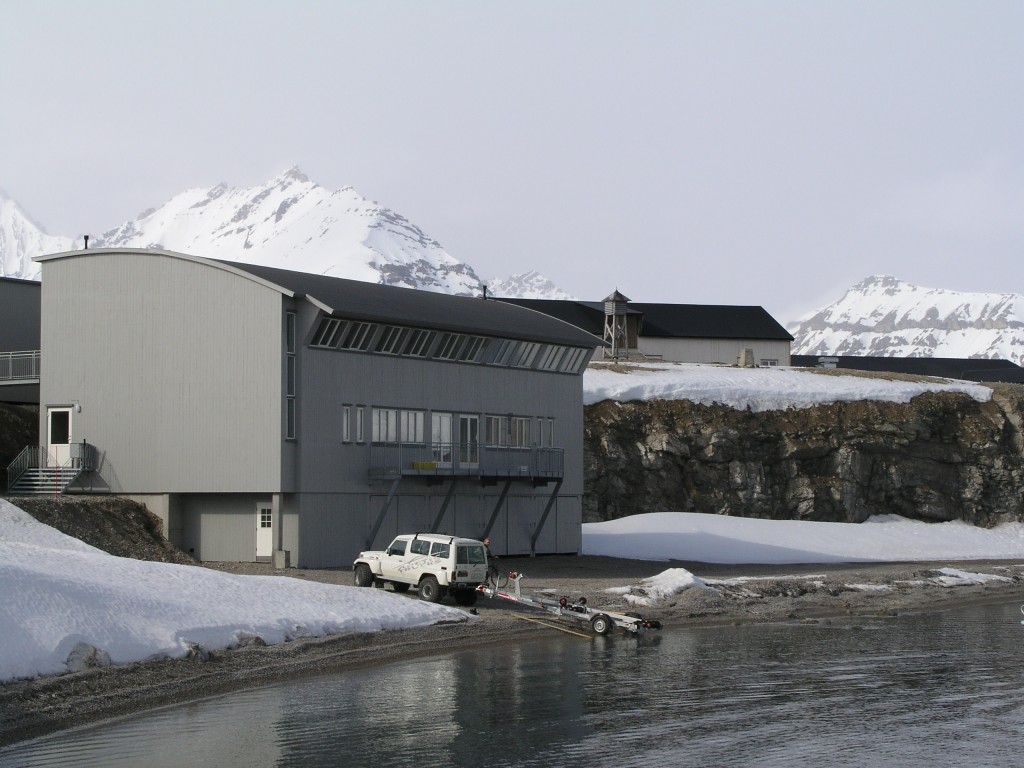


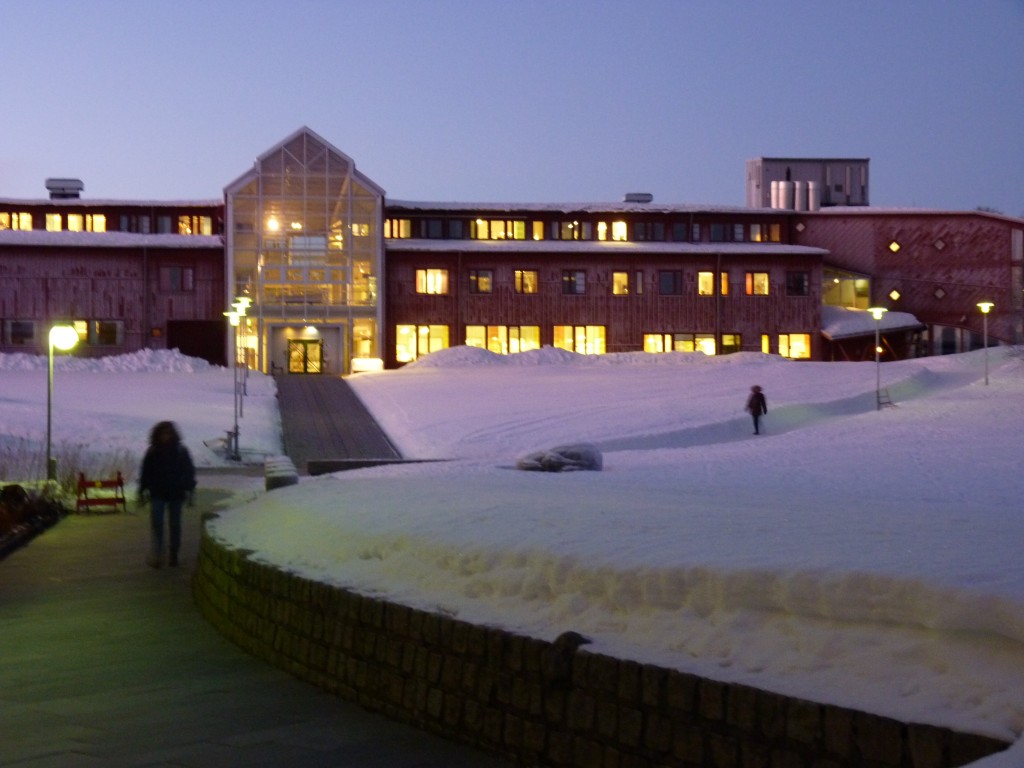

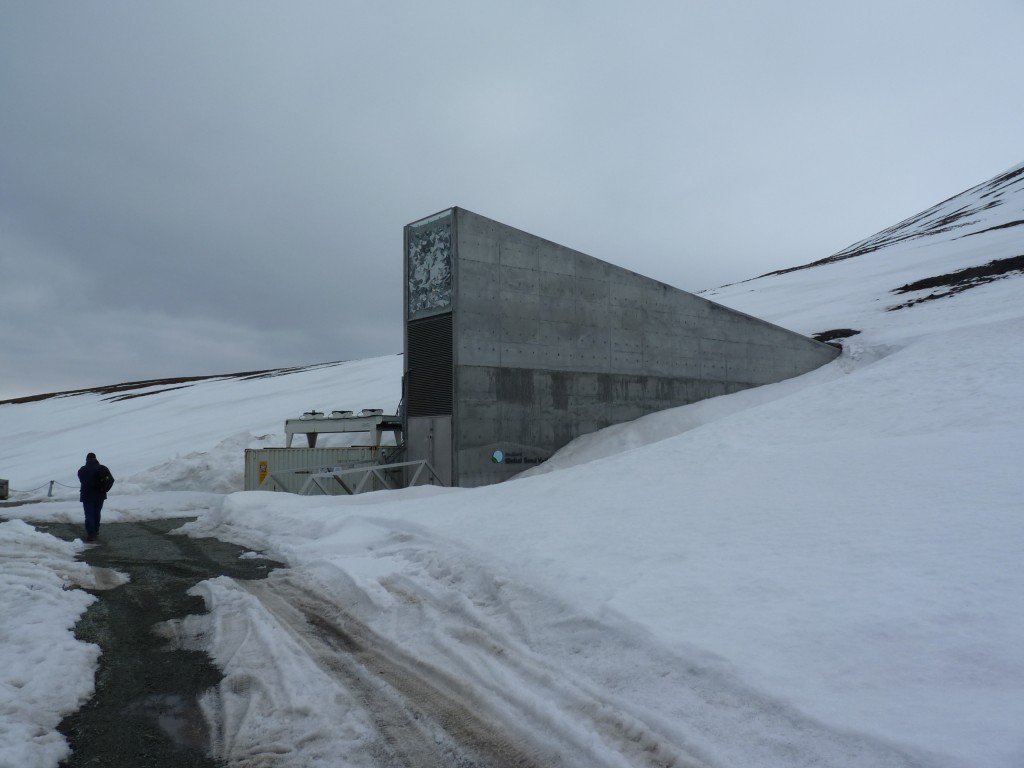
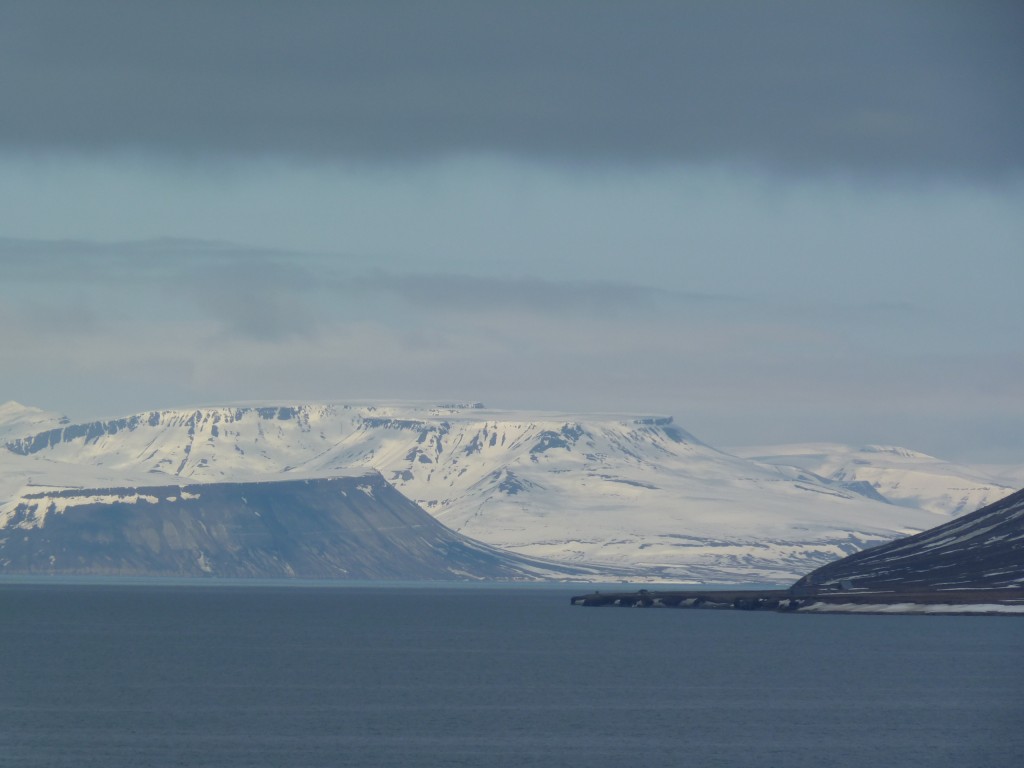

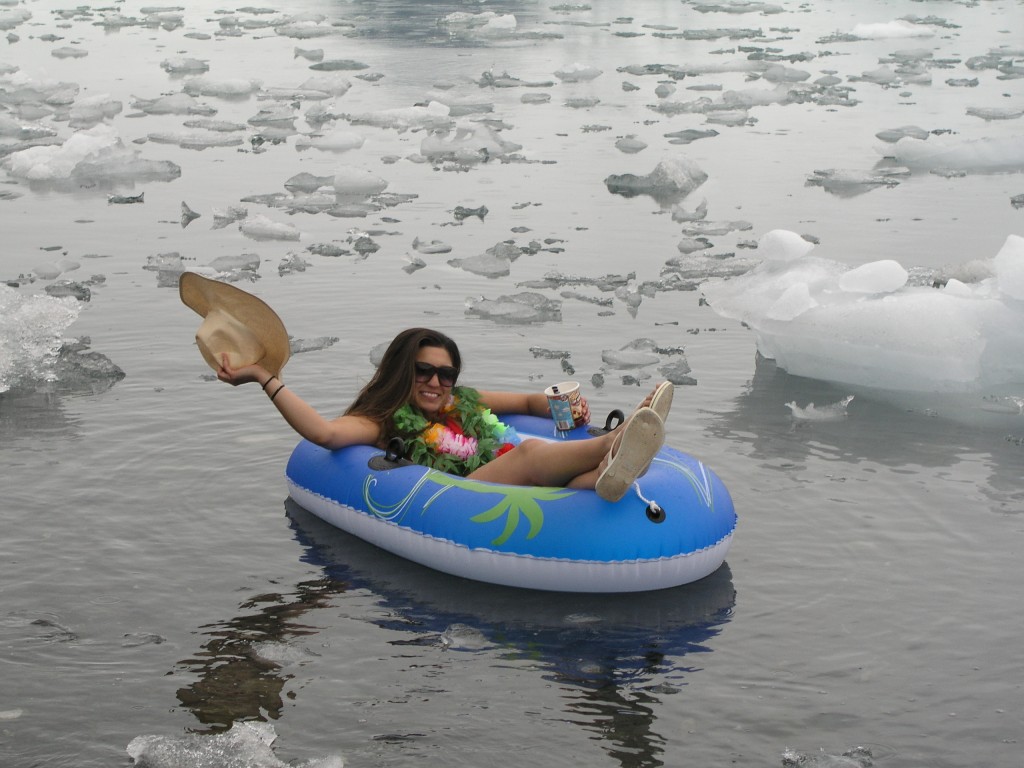
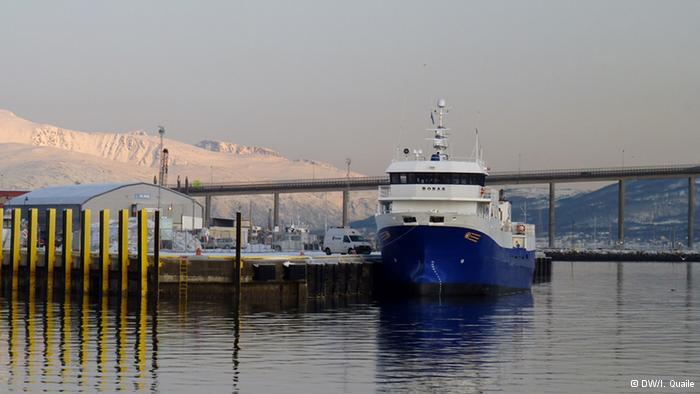
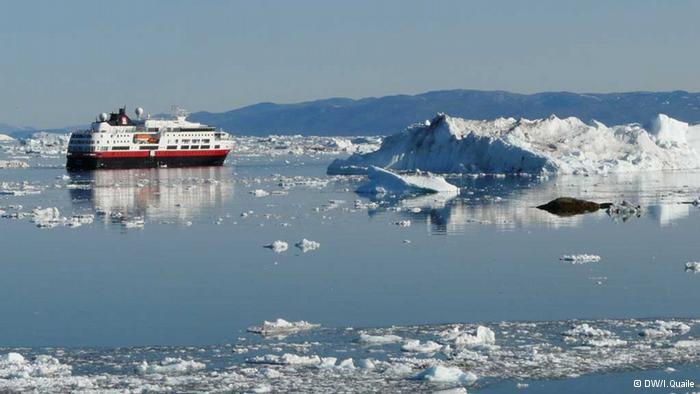
















Feedback